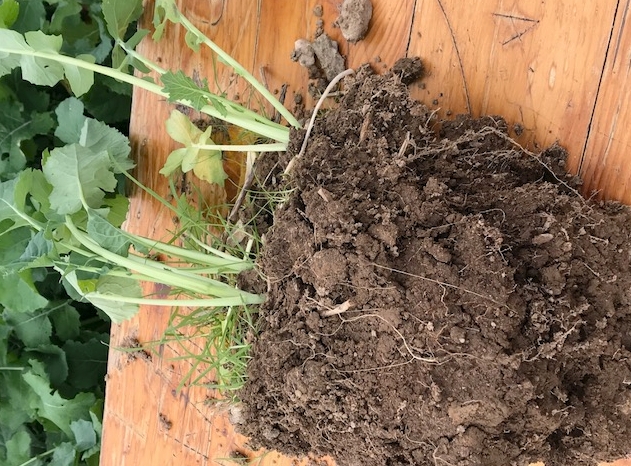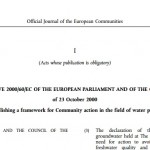Group Water Schemes (GWSs) are community managed water suppliers, primarily…
Catch Crops – improving soil structure and water infiltration, and reducing nitrate and soil loss
Catch crops are grown between successive cereal crops to help protect the soil and reduce the losses of nutrients and sediments and can provide benefits for biodiversity. Fiona Doolan, one of Teagasc’s ASSAP Advisors, tells us about them.
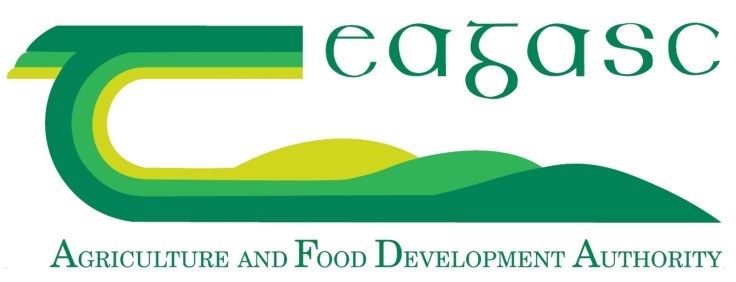
The weather in Ireland as we all know is quite changeable with dry and sunny weather interchanging with rain and wind and Autumn is a time of year that you really experience the full range of weather conditions we farm under in this country. This unpredictable weather has an impact on every day farming life by disrupting seasonal work. It also can have an impact on the level of nutrient and sediment that leaves the land and gets washed into our streams and rivers.
. @CathalSomers on cover crops – ASSAP #farmingforwaterquality @teagasc @WatersProgramme @DairySusIreland @EPACatchments @agriculture_ie pic.twitter.com/P4HJ3fhyIi
— Teagasc Environment (@TeagascEnviron) March 31, 2020
How can advisors help farmers in these unpredictable weather conditions and help reduce the loss of nutrient and sediment into our streams and rivers? Well one thing being advocated for a long time is the use of Catch/Cover Crops in the post-harvest period, normally grown between successive cereal crops. These short-term crops have 3 distinct advantages when it comes to soil condition and health:
- Better soil structure and improved compaction resistance
- Improved water infiltration and reduced soil loss
- Reduced nitrate loss
While the advantages of cover crops in reducing Nitrogen loss (cover crops can typically catch 60 – 120 kg N/Ha) preventing nitrate leaching to ground waters and improving soil structure, have always been known, it is perhaps the beneficial effect cover crops can have on water infiltration that is most relevant to heavy autumnal rainfall events.
A cover crop will help heavy rain to infiltrate the soil, thereby reducing ponding and overland flow of surplus water. They will also provide a cover for the soil in times of high rainfall allowing some protection from erosion by elements.
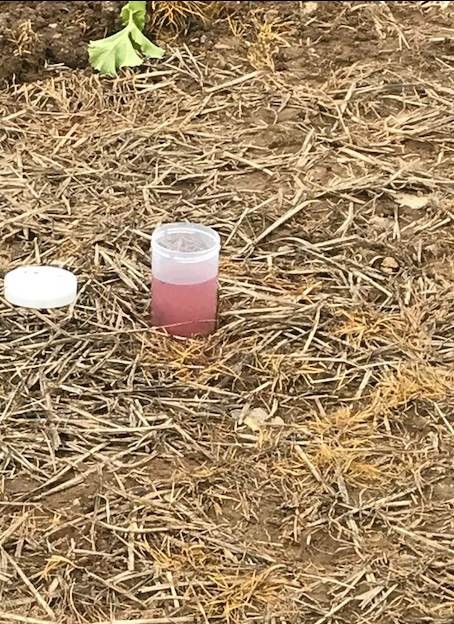
The ability of all cover crops (Tillage radish, oats, mustard, rape or kale etc) to produce a root mass underground is far greater than fallow land, meaning an improved ability to absorb and retain rainfall. Areas left unsown after harvest are less able to handle large amounts of rainfall leading to greater loss of sediment, and unfortunately bringing one of our most expensive nutrients, Phosphorus, with it. This loss of Phosphorus poses us with two problems – the financial cost of replacing expensive nutrient but also causes a potential problem to the water quality in out streams and rivers.
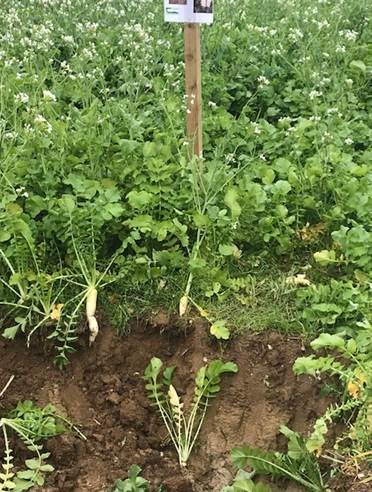
As with all crops planning is essential in choosing the right crop for your situation. Sowing date is critical however; ‘A Day’s growth in July is equivalent to a week’s growth in August – but a week’s growth in August is equivalent to a month’s growth in September’. The benefit of that earlier sowing is clearly visible in crops on the ground and what they offer in terms of soil protection.
It is particularly disheartening for any farmer to see the best of his soil washing off his field in torrential rainfall – well established and early sown catch crops can be the glue that holds that soil there while also benefitting biodiversity over the winter months.
Fiona Doolan, Teagasc ASSAP Advisor
Learn more:
www.teagasc.ie/crops/crops/cover-crops
